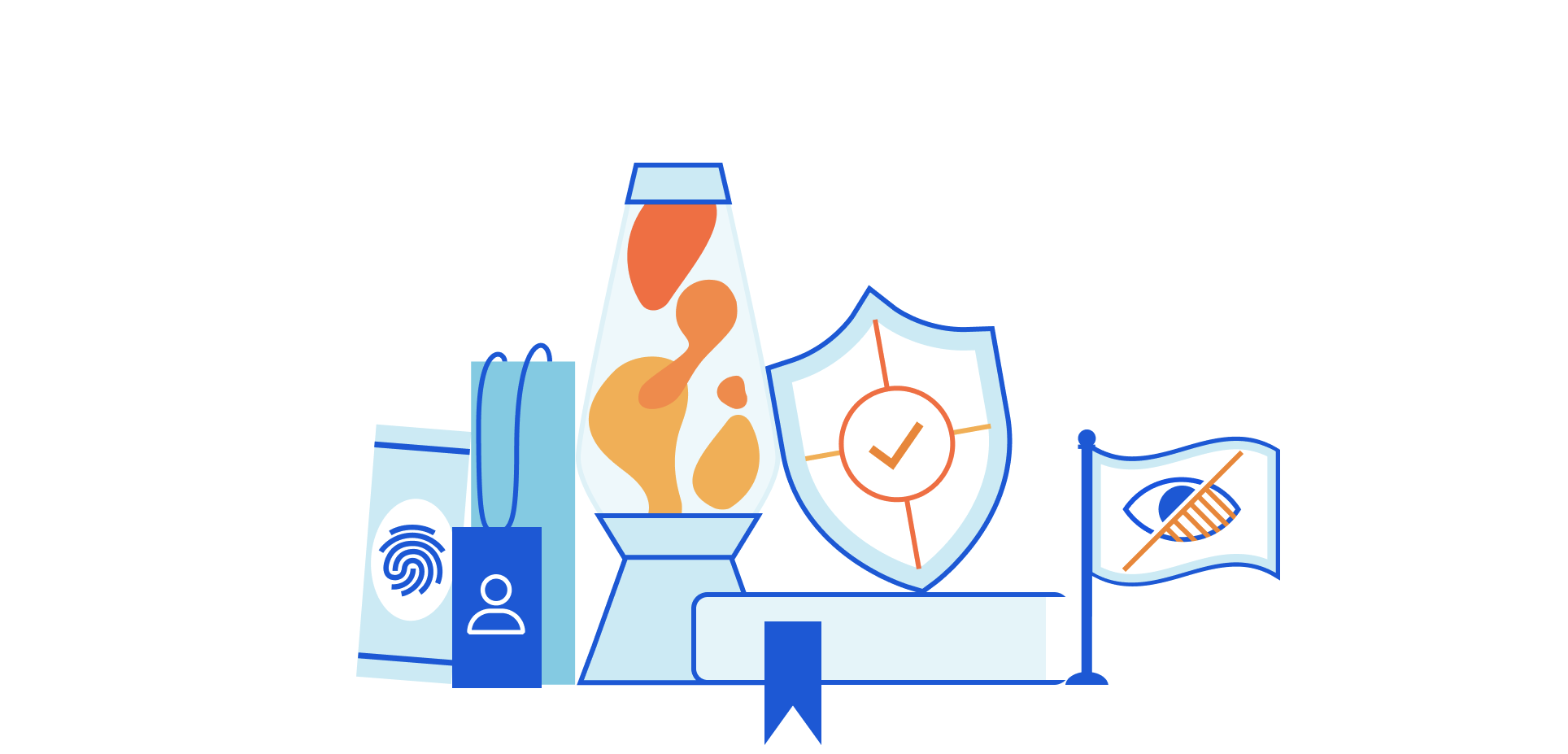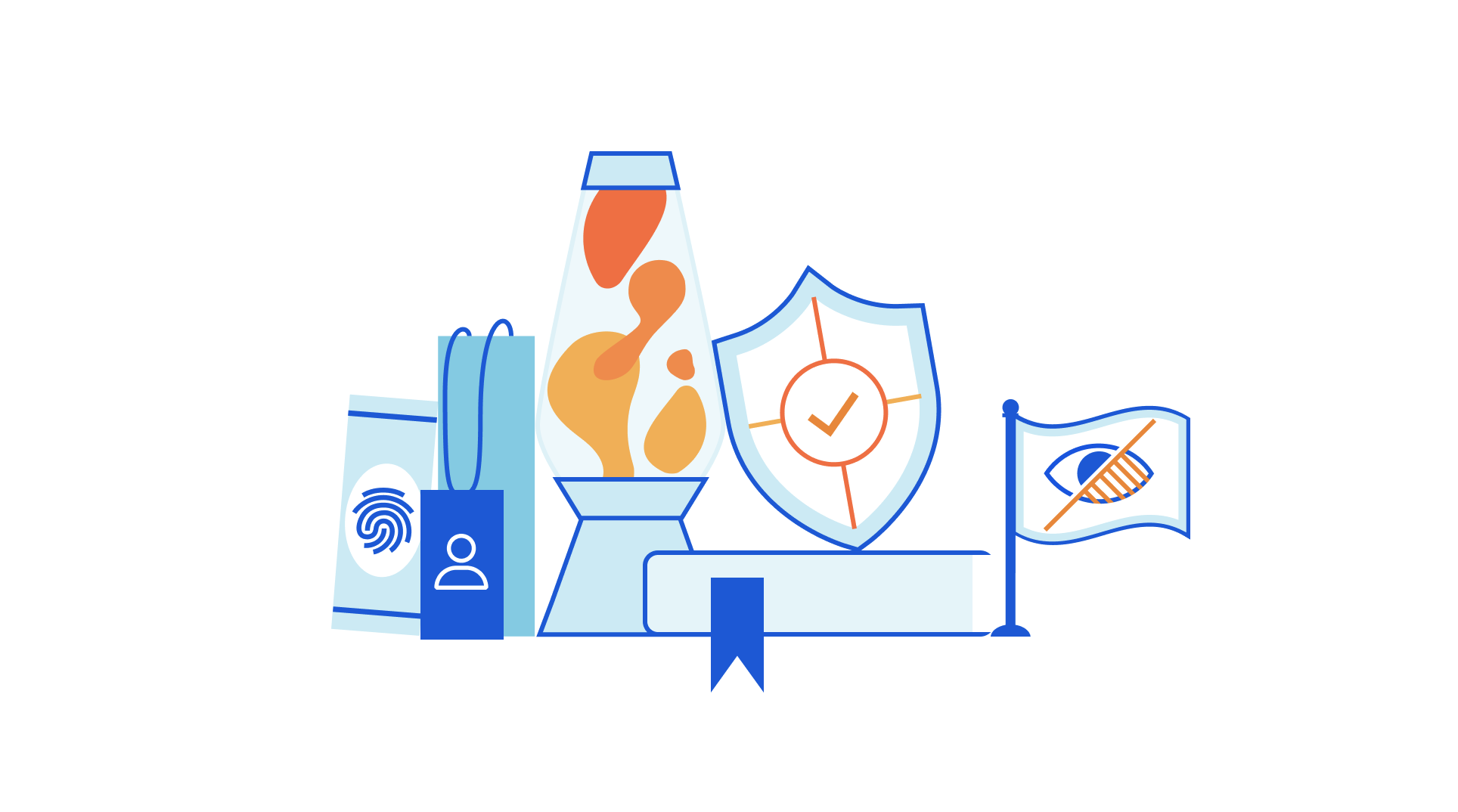IPv6 Buzz 068: Addressing The New Federal IPv6-Only Mandate
In this week's IPv6 Buzz episode Ed, Scott, and Tom talk about the likely impacts of the latest IPv6 mandate from the federal government, which directs that 80% of each fed network be IPv6-only by 2025. Our guest is Nick Buraglio. Nick is a network architect and technical analyst with the Energy Sciences Network and has decades of experience working in and on government nets.Lossless Cloud-Native Networking – Video
Day Two Cloud podcast co-host Ned Bellavance asks Envoy creator Matt Klein about the cloud-native networking complexity, autoscaling dynamically, overcoming failure states, and achieving losslessness. Hear this entire discussion on Episode 82 of the Day Two Cloud podcast, published January 27, 2021. You can subscribe to the Packet Pushers’ YouTube channel for more videos as […]
The post Lossless Cloud-Native Networking – Video appeared first on Packet Pushers.
The State of Network Automation from a Network Engineer’s Perspective
Network engineers must demonstrate the value they bring to an organization and how they help drive business outcomes.BGP EVPN for Scaling Data Center Fabrics
Pros and Cons, Deployment Options and Trade-offs BGP EVPN (Border Gateway Protocol Ethernet Virtual Private Network) is one of the most discussed...
The post BGP EVPN for Scaling Data Center Fabrics appeared first on Pluribus Networks.
Data Privacy Day 2021 – Looking ahead at the always on, always secure, always private Internet


Welcome to Data Privacy Day 2021! Last year at this time, I was writing about how Cloudflare builds privacy into everything we do, with little idea about how dramatically the world was going to change. The tragedy of the COVID-19 pandemic has reshaped the way we go about our daily lives. Our dependence on the Internet grew exponentially in 2020 as we started working from home, attending school from home, and participating in online weddings, concerts, parties, and more. So as we begin this new year, it’s impossible to think about data privacy in 2021 without thinking about how an always-on, always secure, always private Internet is more important than ever.
The pandemic wasn’t the only thing to dramatically shape data privacy conversations last year. We saw a flurry of new activity on data protection legislation around the globe, and a trend toward data localization in a variety of jurisdictions.
I don’t think I’m taking any risks when I say that 2021 looks to be another busy year in the world of privacy and data protection. Let me tell you a bit about what that looks like for us at Cloudflare. We’ll be spending a lot of time in Continue reading
Businesses Can’t Afford to Lose Trust in the Encrypted Economy, and Neither Can You

End-to-end encrypted platforms have become an important means to establish online trust for businesses and individuals globally – and law enforcement/intelligence services are struggling to keep up.
Their unfamiliarity and uncertainty is reflected in the ambiguity of political discourse on the subject. On one hand, the European Union endorses strong encryption within data protection laws such as GDPR. On the other, attempts to intercept end-to-end-encrypted communication between suspicious parties resurface over and over again.
The Council Resolution on Encryption, adopted by the Council of the European Union, is the latest example. Politicians continue to strive for both strong end-to-end encryption and getting targeted access to information when – from a security and technology standpoint – the two concepts are at odds. Symbiosis is only possible in political rhetoric.
As the co-founder of an end-to-end encrypted cloud service, I am deeply concerned at how demands for access to encrypted data will affect the security of thousands of businesses and the millions of clients who rely on them in the EU and worldwide.
The Digital Economy Is at Risk
Our digital economy depends on the widespread use of strong encryption. This includes end-to-end encryption, within organizations of all shapes and sizes.
Build Virtual Lab Topology: VirtualBox Support
When I blogged about release 0.2 of my lab-building tool, Kristian Larsson was quick to reply: “now do vrnetlab”. You could guess what my reply was (hint: “submit a pull request”), but I did realize I’d have to add multi-provider support before that would make sense.
Release 0.3 adds support for multiple virtualization providers. You can run six different platforms on vagrant-libvirt (assuming you build the boxes), and I added rudimentary support for Vagrant provider for VirtualBox:
Build Virtual Lab Topology: VirtualBox Support
When I blogged about release 0.2 of my lab-building tool, Kristian Larsson was quick to reply: “now do vrnetlab”. You could guess what my reply was (hint: “submit a pull request”), but I did realize I’d have to add multi-provider support before that would make sense.
Release 0.3 adds support for multiple virtualization providers. You can run six different platforms on vagrant-libvirt (assuming you build the boxes), and I added rudimentary support for Vagrant provider for VirtualBox:
Elixir Notes: Modules
A module is a collection of functions that can be used to organize your code in a manner similar to namespacing. Modules are defined in Elixir with the defmodule keyword. Considerations Modules must start with an uppercase [A-Z] CamelCase is the formatting convention...Elixir Notes: Comments
A comment is descriptive text that will be ignored during compile time. Comments are denoted with the hash # character.Elixir Notes: Functions
A function is a unit of code that does a thing. With Elixir being a functional language, functions are a core tenant of the language. Elixir has both named functions and anonymous functions. Named Functions Functions are defined in Elixir with the def keyword. Anonymous Functions ...Copy SSH Keys to Linux Host From Windows 10
How to copy your SSH keys from Windows 10 to a Linux host.Palo Alto CLI Tips and Tricks
Getting sh!t done from the Palo Alto CLI.The Future of Network Engineering; some possibilities through 2040 and beyond
Incident 1: October, 2006 Sydney Australia – Simply put, someone hit me with a tough question. Totally out of the box and very much to the point, so to the point that it took me years to swallow the impact. The question was an innocent one asked by one of the sharpest software engineers I […]
The post The Future of Network Engineering; some possibilities through 2040 and beyond appeared first on Packet Pushers.
The Hedge Podcast #66: Daniel Migault and the ADD Working Group

The modern DNS landscape is becoming complex even for the end user. With the advent of so many public resolvers, DNS over TLS (DoT) and DNS over HTTPS (DoH), choosing a DNS resolver has become an important task. The ADD working group will, according to their page—
In this episode of the Hedge, Daniel Migault joins Alvaro Retana and Russ White to discuss Requirements for Discovering Designated Resolvers, draft-box-add-requirements-02.